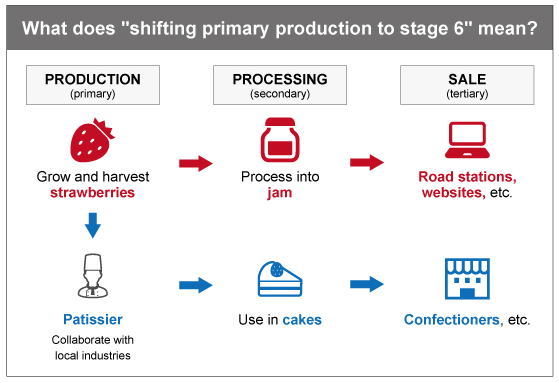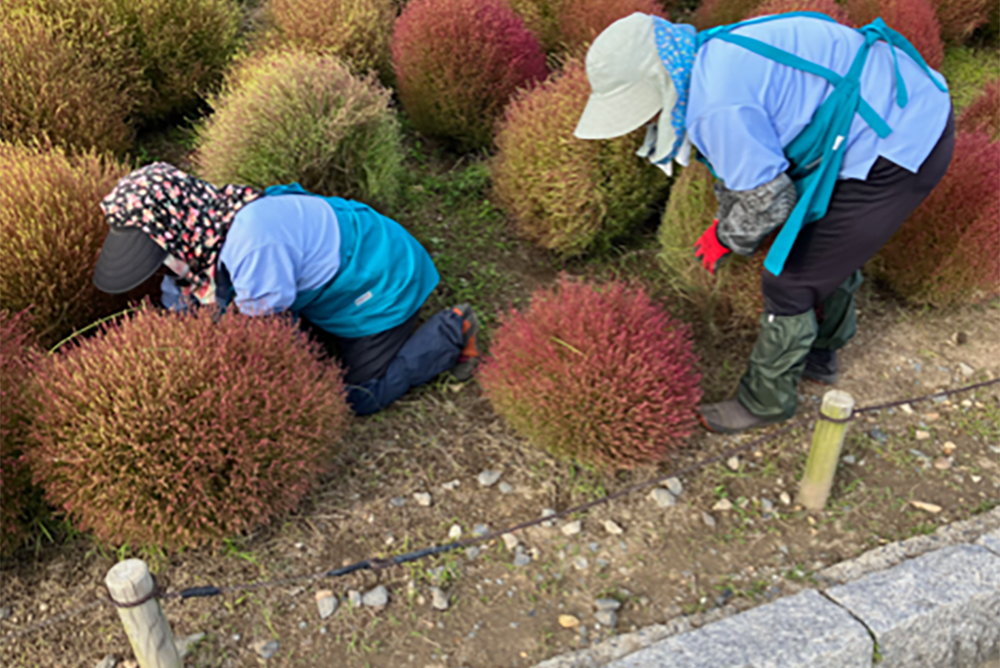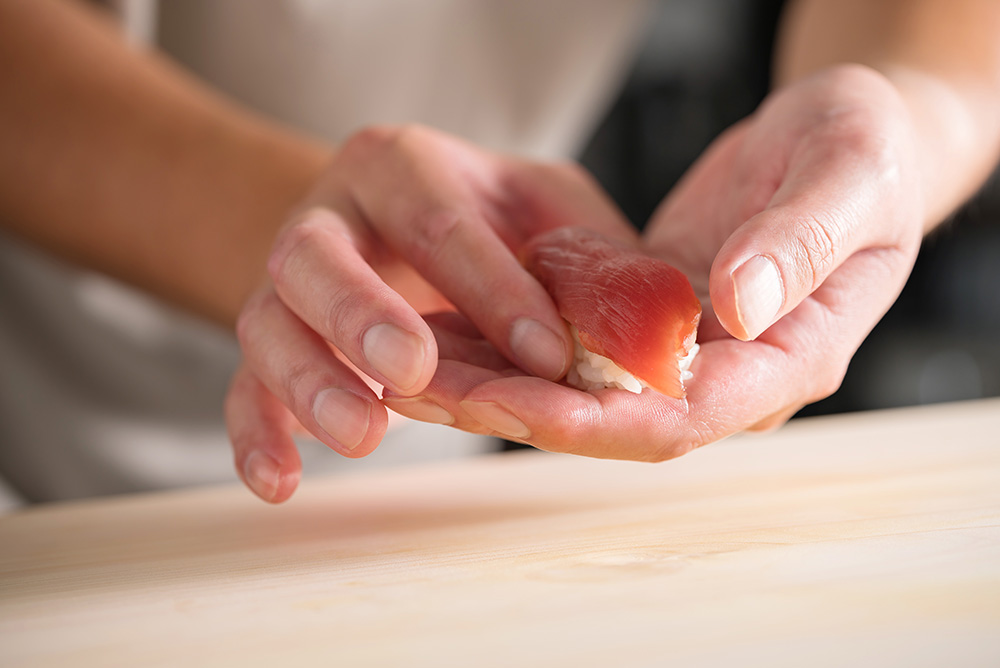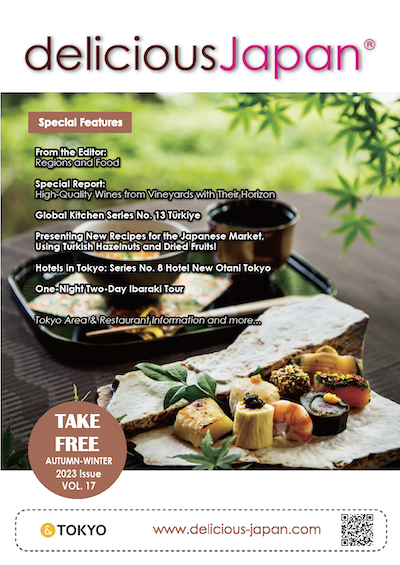
What Will be the "Future of Food" and the "Food of the Future" in Japan?
What do people want from meals?
Some people are looking for healthful food that tastes good. Others want to get a sense of the time of year by eating seasonal ingredients, or to deepen communication as they gather around a dining table. For most people, meals are about more than just filling their bellies and getting some nutrition, because their meals are a vitally important element for creating wellbeing.
On the other hand, as food loss illustrates, many social issues are related to food. Food tech, in both its soft and hard aspects, is now in the spotlight as it leverages advanced technology to develop totally new forms of food and discovers new ways to prepare food. But can food tech really make people happy? For example, the act of preparing food is an accessible means of self expression, and gaining culinary skill through creative ingenuity builds self esteem. In that case, excessive automation could become an impediment to the experience of enjoying the time one spends cooking. The question of how our dining tables will change in the future is always being asked.
Another thing that we must not forget in this context is that our food must be produced before it can be consumed. Farming in Japan is beset by the challenges of the shrinking and aging population of farmers and the low national food self sufficiency rate. By now, Japan's self sufficiency rate has dropped to 38% in terms of calories. It's important to take this opportunity to consider what can be done in the home, knowing the current situation of producers, to protect our food.
The Ministry of Agriculture, Forestry and Fisheries is working on "shifting primary production to stage 6". Stage 6 means that the producer doesn't just produce (primary industry), but also get involved in food processing (secondary industry) and sale (tertiary industry), with the aim of attaching added value to production and increasing jobs and income. The term "stage 6" comes from adding industrial stages 1+2+3. One successful example is the strawberry jam business in Yamaguchi Prefecture, which has achieved a 60% increase in revenue and a 30% increase in jobs over four years. The land area for production of the strawberries that are the raw material has tripled.
Cooking a meal and eating it together around a shared table while talking over the day's events is a splendid and essential family activity. With the increase in nuclear families and working-couple households, more and more people in Japan are eating meals alone. Perhaps now is the time to find answers about the future of food by getting back to basics. It's no easy thing to foresee the food of the future and the future of food over the coming decade. Instead, this is the time to consider whether the answers are right in front of us, in our everyday lives.






